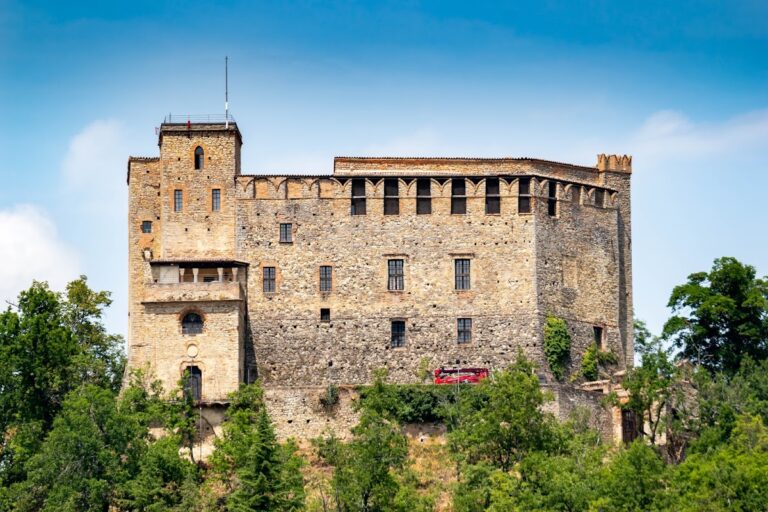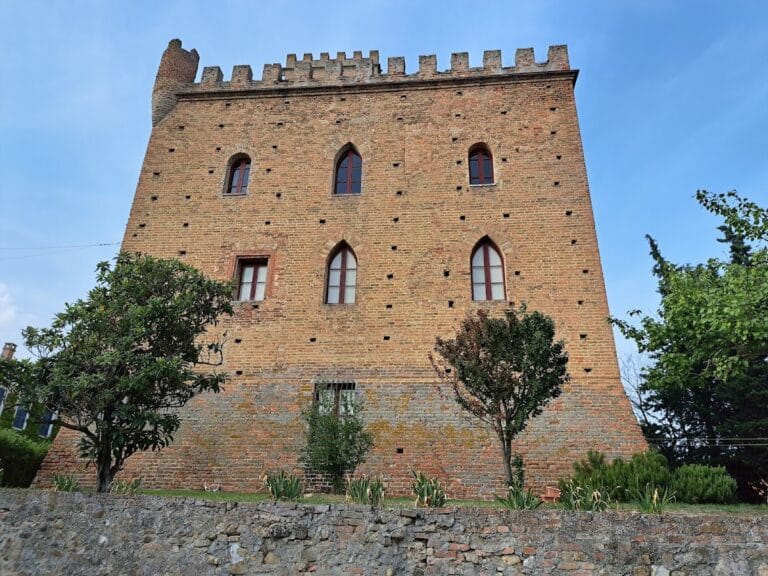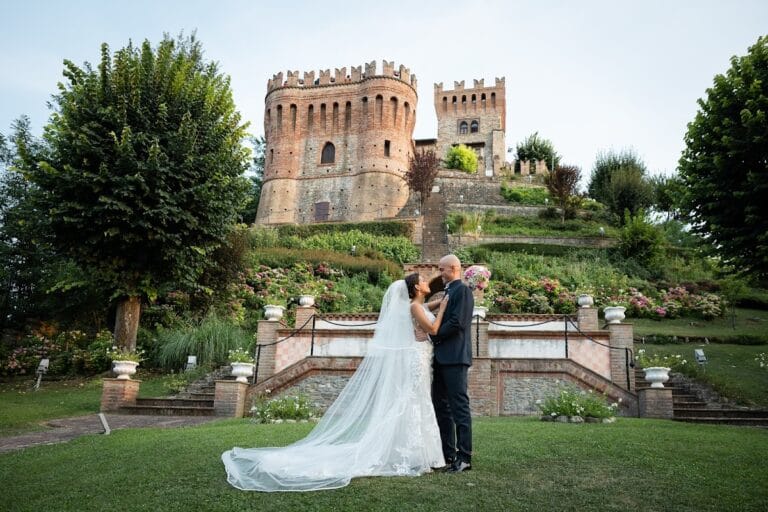Castello di Stefanago: A Medieval Castle in Fortunago, Italy
Visitor Information
Google Rating: 4.3
Popularity: Very Low
Google Maps: View on Google Maps
Official Website: www.castellodistefanago.it
Country: Italy
Civilization: Unclassified
Remains: Military
History
Castello di Stefanago is located in the municipality of Fortunago, Italy, and was constructed during the medieval period by local builders as a defensive fortification. Its earliest known structure, the central tower, dates back to the 11th century, marking the initial phase of the castle’s development.
In 1317, ownership of the castle passed to the Corti family, also known as De Curti, an aristocratic lineage from Pavia aligned with the Ghibelline faction. Throughout the 14th century, the Corti family undertook significant expansions by adding a southern wing, enhancing both the size and complexity of the castle complex. Around 1477, Giovanni Corti directed a restoration that refreshed and likely reinforced the building’s features.
During the 17th century, the castle changed hands from the Corti family to the Rossi family. Notably, in 1647, two members of the Corti family, Matteo and Tommaso, commissioned a bronze bell, indicating ongoing investment or connection to the site during this period. Later, in the 19th century, the Baruffaldi counts acquired the castle, remaining the custodians into the present. Over time, the castle’s role evolved, adapting to changing social and economic needs, ultimately incorporating a winery business while preserving its historic presence.
Remains
The castle presents an L-shaped layout combining medieval defensive features with later residential adaptations. Its foundation rests on stone, supporting brick-built structures above, with terracotta used for the pointed arch windows that punctuate the facades.
Dominating the site is the tall tower, the oldest element, constructed of stone with a square base and dating from the 11th century. The tower’s design includes a main entrance portal, narrow arrow slits originally intended for archers, and windows featuring rounded arches that reflect its early medieval origin.
Inside the castle, several well-preserved rooms survive, including spacious halls, a prison area, and a noble courtyard that once served as a central open space. An oratory stands within the complex, suggesting a place designated for worship or private devotion.
The exterior grounds include a carefully maintained Italian-style garden, which illustrates the castle’s shift from purely defensive purposes toward a more refined residential estate. Overall, the structure embodies a blend of fortified medieval architecture alongside later decorative and functional elements, documenting the site’s continuous adaptation across centuries.










